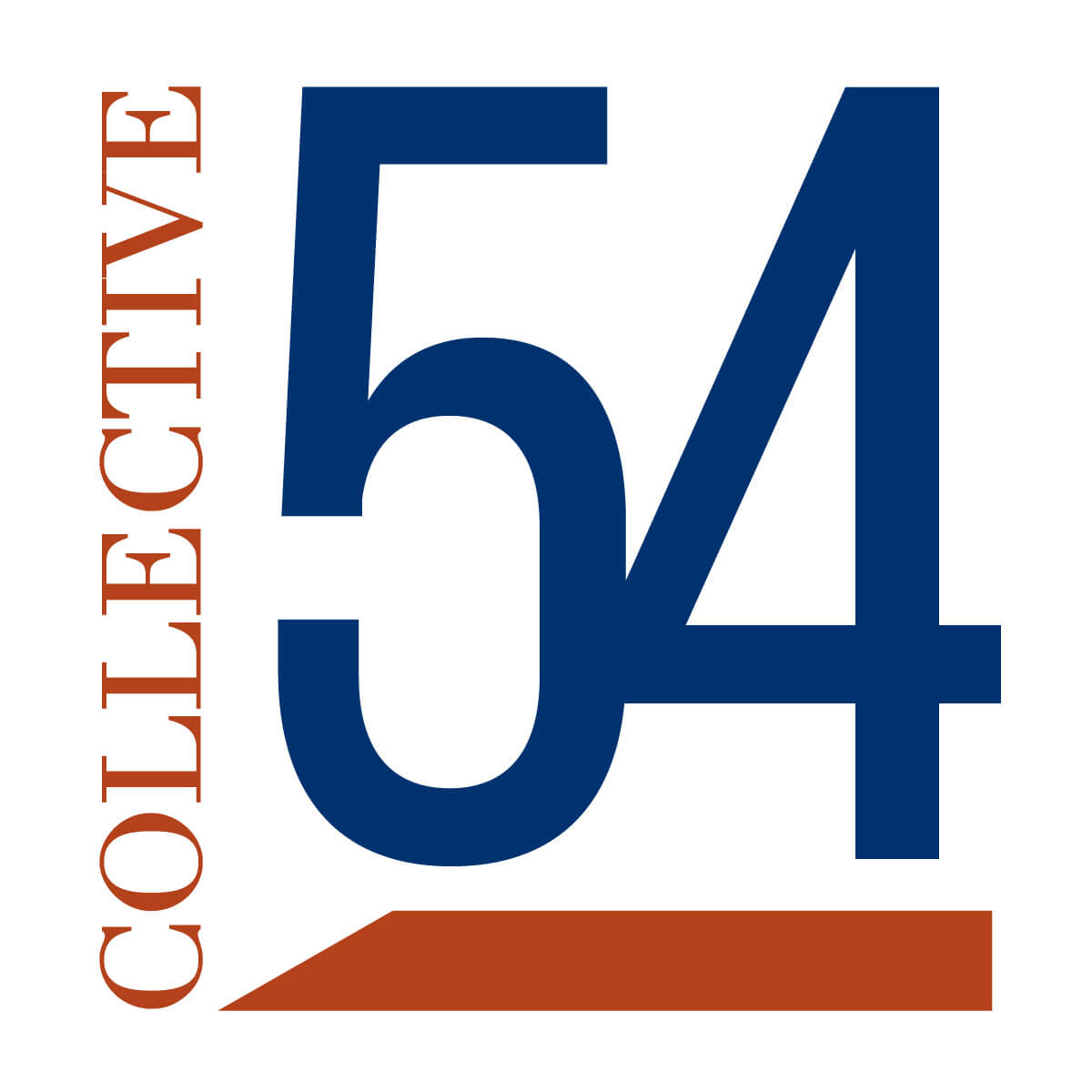Episode 18: The Boutique: How to Determine if Now is The Time to Exit
There is a good time to sell. And there is a bad time to sell. Unfortunately, this is largely out of your control. Focus on building a highly desirable boutique and be patient. Wait for the sun to be shining.

